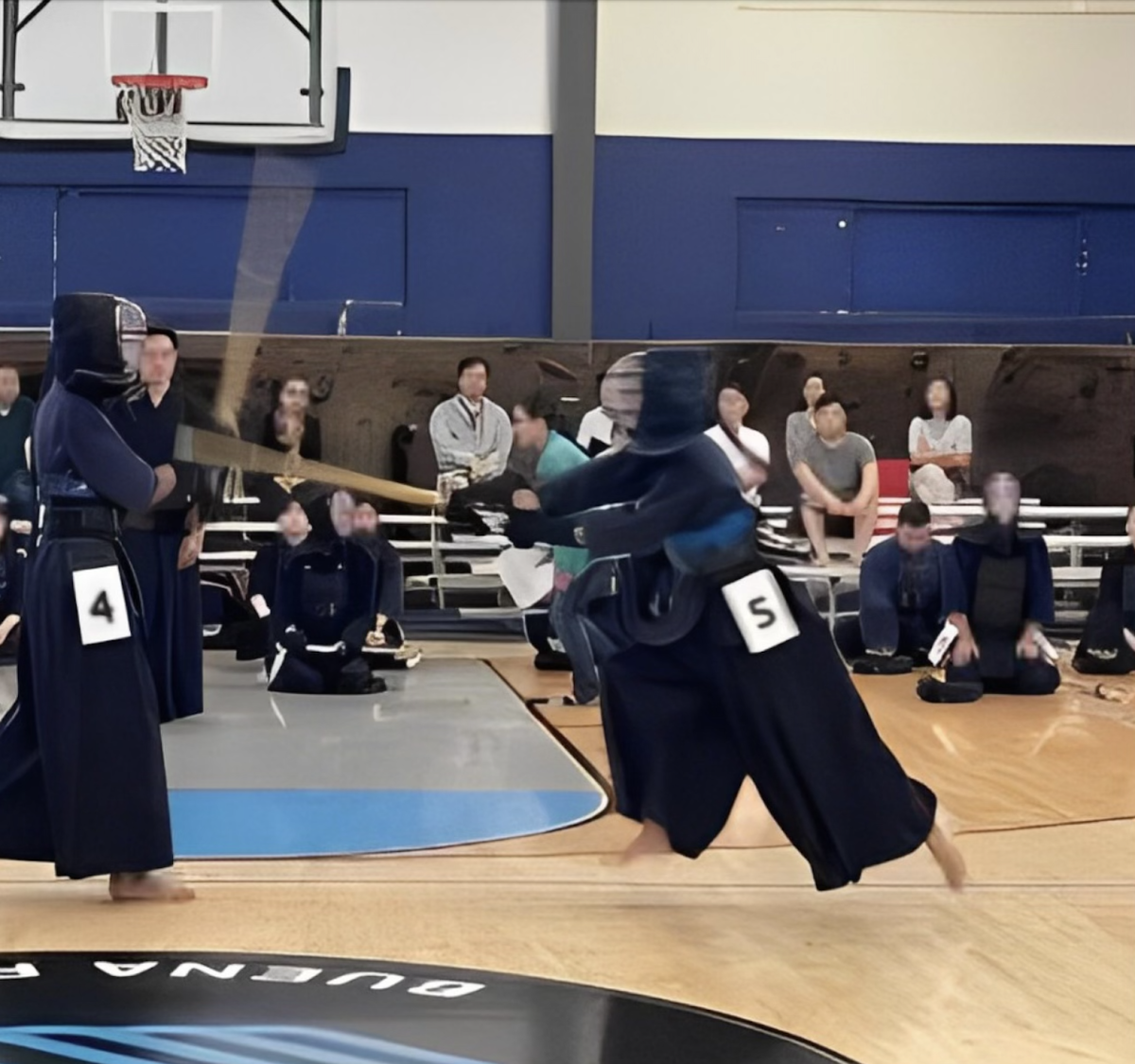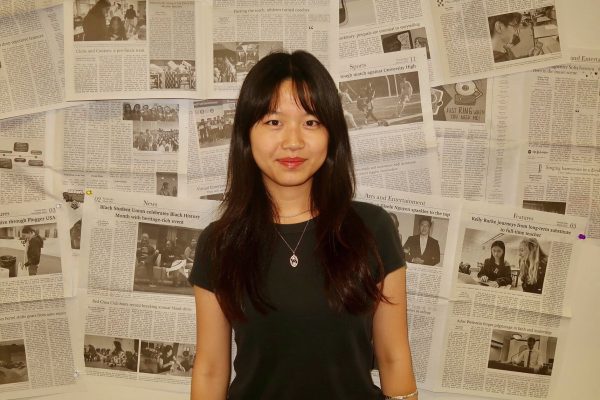A bamboo sword jabs an opponent’s breastplate, as they lean back to avoid it. The swish of the sword slices through the air, as a player uses elaborate footwork to retaliate. These are experiences that sophomore Wonny Jang has gotten accustomed to as a Kendo player.
Kendo is an ancient Japanese martial art, where the player attempts to strike their opponent in one of four areas, the Men (head), the Kote (wrists), the Do (torso) and the Tsuki (throat), using a bamboo sword known as the shinai, according to All Japan Kendo Federation.
“In Kendo, the masters and students follow the lesson ‘coexist and prosper together’ as they learn,” Jang’s Kendo sensei (teacher) Jaewook Park said in Korean, which was translated into English by Alice Ahn. “We also vow to always be together and share our pride. The sensei and the practitioners follow the same path. The master does not teach solely with their own perspective in mind. They must put themselves in the student’s shoes and teach in accordance.”
Jang started Kendo in the fifth grade. Jang’s main strike is the head because of his height; the head is easily reachable, as opposed to the wrist or the waist.
Kendo teammate and sophomore Jenny Park first began doing kendo in the sixth grade. With Jang already on the team, Park found herself feeling more motivated during practices and competitions.
“Wonny is one of my closest friends,” Jenny Park said. “Although we met through kendo, throughout the years, we’ve grown much closer. Being friends with your teammates is important because it allows you to get to know them better outside of the sport. It also makes practices more fun and allows you to talk to them without making it awkward.”
Despite the encouragement of peers like Jenny Park, Jang must endure periods of mental struggle to succeed in kendo, such as huge periods of demotivation and a lack of self-confidence.
“There used to be on and off motivation,” Jang said. “After a competition, maybe the results aren’t that good, and you want to keep going and get better, but then there’s also a slump.”
Even though he feels demotivated at times, Jang has pushed past it to become a better Kendo player and is still continuing with the martial art to this day.
“I think I learned lots of lessons about perseverance and self confidence during training/competitions,” Jang said. “I learned that hard work will always be rewarded, even in ways you don’t expect it to, and that you can never be ‘good’ at something until you have confidence in your abilities. These are all lessons that I can apply to my life outside of Kendo, like in band and with schoolwork.”






